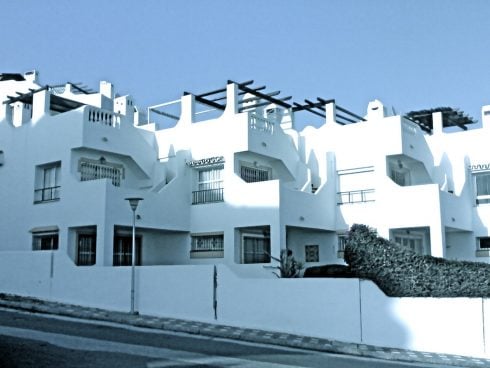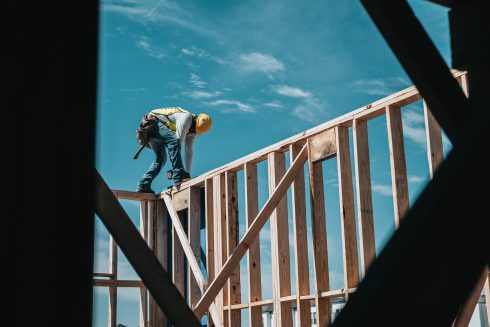 AS I look out my office window and see Monte Mayor shrouded in rain clouds, I’m reminded how often I’m asked what’s the most common defect we find in our building surveys.
AS I look out my office window and see Monte Mayor shrouded in rain clouds, I’m reminded how often I’m asked what’s the most common defect we find in our building surveys.
To the surprise of the new buyer moving to ‘sunny Spain’, the answer is damp.
Most often, rising damp coming up from the ground through the floors and walls or pushing through the structure which may be retaining uphill soil. With older buildings, or where there has been physical damage or poorly fitted windows, it comes down from above. And where windows are closed to stop drafts, especially when freestanding gas heaters are used, it comes through condensation.
Until the discovery of plastics, the only real damp-proofing was the inclusion of a layer of slate or other impervious material. Damp and staining from mineral salts was accepted as a fact of life to be lived with, and painted over on an annual basis internally and externally.
Nowadays, building regulations require proper damp-proofing and ventilation. However, we still find that typical design adheres to the ‘it’s always been done this way’ philosophy, tending to concentrate on reducing the effects of heat rather than ensuring internal warmth and lack of humidity.
This is despite the temperate climate of heavy rain and cold winds that can prevail for eight months of the year, especially away from the coastal strip.
But the widely varying ranges in annual temperature (from under 10ºC to over 40ºC) and humidity (10-100%) affect not only the building but can have significant effects upon the sub-soil, leading to seasonal movement.
One apparently unconcerned architect joked that a house we were looking at was a ‘dancing’ building, with the cracks opening and closing during the wet and dry periods.
In all our reports we comment on the weather in the weeks prior to the day of inspection, as evidence of defects in buildings and their surrounds can vary significantly, with damp disappearing during the summer heat but returning significantly during winter.
If the evidence has been decorated over or does not show on the damp meter, then we depend upon our knowledge of the signs and where to look. We point out potential problem areas to clients and suggest they set aside a contingency budget.
The simplest and most effective standard design addition would be guttering and downpipes leading rainwater away from the building. Otherwise, all the water is collected from the roof and pours onto the land immediately beside the walls, which is then drawn up by the structure and eventually manifests itself inside.
This is made worse if there is inadequate or ineffective field drainage below the level of the flooring. Sometimes tiling or stonework facing is put on the outside walls to prevent splashing. But that merely forces the water up and inwards as it cannot evaporate outside, making the effects worse internally. Retaining walls can also be put under pressure where there is inadequate drainage behind.
It can be so frustrating knowing that, for an extra day’s work during construction, many defects within a building could have been avoided with rising damp treatment.
Click here to read more News from The Olive Press.









This man knows nothing of the inland Continental climate which I find amazing. Behind the Sierras there are really only 2 seasons – summer and winter, both roughly 6 months each. Far from being wet, inland winters are cold and dry.
Before plastics there was and is bitumised felt and for the houses of the rich it was copper sheet.
What he does’nt say at all because it would put any sensible people off buying Spanish built houses is, that Spanish houses and apartment blocks are built of inferior and out of date materials. He could of course then mention suitable materials which should be used but does’nt – I wonder why.
So what are the superior and up to date materials for construction of a finca style house?
The damp also seems to enter the walls from above, where the rainwater is blown under roof tiles it has nowhere to escape other than dripping into the wall cavity? I look around and see nearly all roofs are built like this. Did anybody actually go to architect school in Spain??